Top 8 Best-Selling Server Brands Of 2015 Q2

HP, Cisco Dominate Top Server Brands In Q2
Though still the server market's dominant brand, Hewlett-Packard's share of the pie got smaller in the second quarter, ceding ground to Cisco, Lenovo and other major brands, according to NPD Group, a Port Washington, N.Y.-based market research firm, which provides data from leading technology distributors.
NPD's ranking of the top eight server brands of the second quarter shows the industry's most recognizable names chipping away at HP's lead, as the average server price dipped to $2,577 from $2,649 a year ago.
The NPD Group's DistributorTrack sales database comprises primarily U.S. Global Technology Distribution Council members. It ranks brands by "dollar share."
Click through to see NPD's ranking of the top eight server brands of the second quarter.
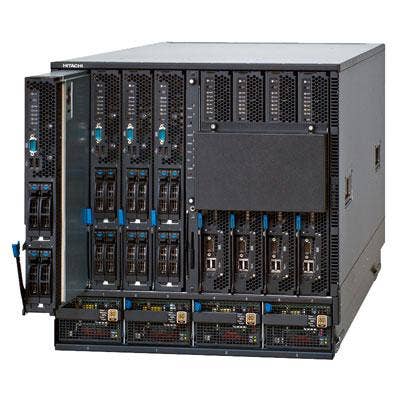
8. Intel
Though its dollar share was only 0.5 percent during the quarter, Intel gained about 0.2 percentage points compared to the second quarter of 2014. Recently, Intel and Rackspace forged a partnership aimed at making it easier to deploy, manage and use OpenStack in the enterprise. Rackspace and Intel also are deploying a test computing cluster of 2,000 server nodes that will be available to OpenStack developers from outside the project.
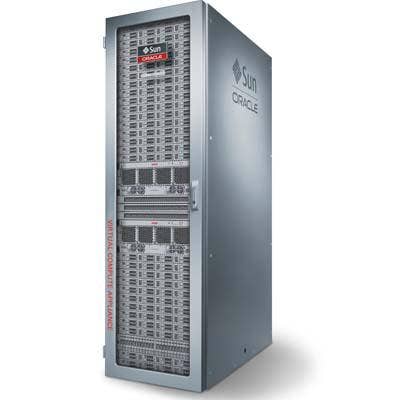
7. Oracle
Oracle finished the quarter with a 1.3 percent dollar share, a decline of 2.2 percentage points from a year ago. The software giant has been trying to make a big play for the cloud market, and while it has a large, powerful enterprise sales force that it is trying to incent toward selling cloud, the company is still new to cloud and the commoditized Infrastructure-as-a-Service market.
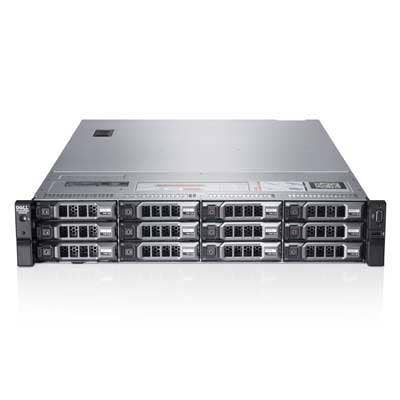
6. Dell
Dell gained ground during the quarter, registering a 1.9 percent dollar share, up from 1.1 percent a year prior. Dell's new PowerEdge C6320, unveiled in June, is said to optimize compute and memory for high-performance computing, Web technology and cloud environments. It's also being positioned as the ideal system for hyper-converged solutions. Dell is also rolling the C6320 into its hyper-converged offerings including Dell Engineered Solutions, VMware EVO: RAIL and Dell's own XC Series Web-scale converged appliances.
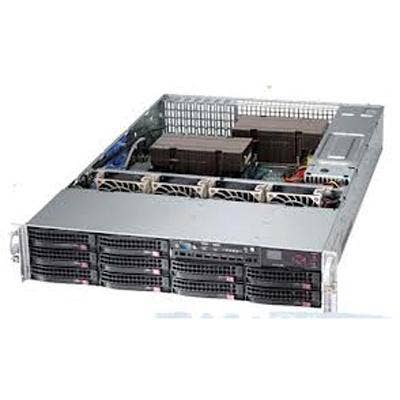
5. Super Micro Computer
With a 2.3 percent dollar share, Super Micro Computer saw a year-over-year increase of 1.9 percent, making it the fifth-ranked server brand of the quarter. Super Micro built its reputation as a supplier of reliable, inexpensive servers and the company is a well-known OEM manufacturer. Its CEO, Charles Liang, has made no secret of his desire to grab market share from competitors.
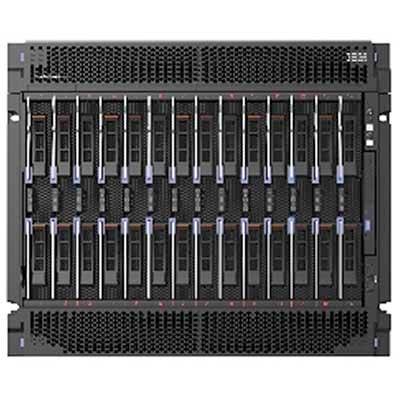
4. IBM
Big Blue showed the biggest decline in NPD's ranking. The company's dollar share dipped to 7.5 percent from 14.9 percent a year ago. IBM sold its server business to Lenovo in 2014. IBM's ongoing transformation to a cloud-focused software and services vendor was highlighted when it posted a second-quarter earnings decline recently. Despite that decline, IBM's data, cloud, analytics and engagement revenue together grew more than 30 percent year over year, with cloud growing 70 percent.
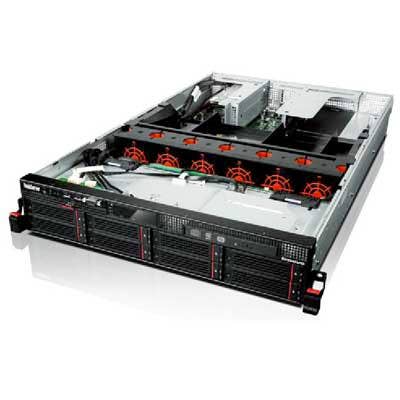
3. Lenovo
The dollar share gains Lenovo made were second only to Cisco's during the quarter. Lenovo, which bought IBM's server business last year, finished the second quarter with an 8.7 percent share of the market. A year ago, the Chinese firm's share was 3 percent. Lenovo is a PC powerhouse, and it doesn't hide its desire to take server share away from other industry big shots like HP. The company also recently partnered with Pivot3 on a global hyper-converged infrastructure solution.
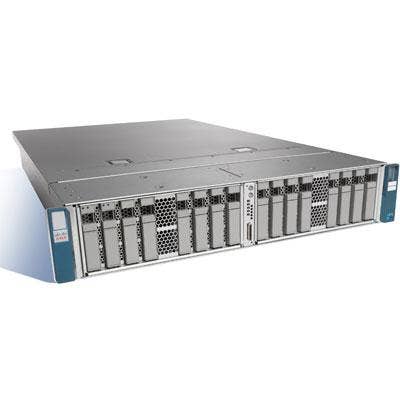
2. Cisco
Cisco's 7.5-point gain was the biggest in the quarter, giving the San Jose, Calif.-based company a 29.7 percent dollar share and inching it closer to HP. Recently, solution providers told CRN that Cisco's closing of its Invicta storage business is a sign that the networking giant is getting ready for a strategic acquisition or new OEM agreement targeting the hyper-converged market.
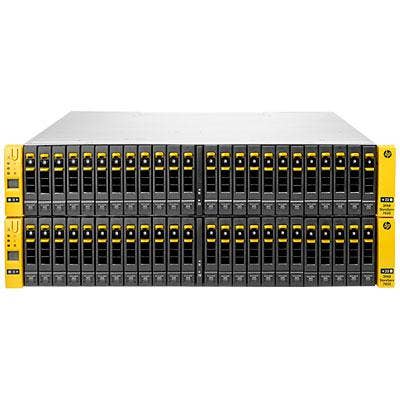
1. Hewlett-Packard
HP's dollar share in the server market was 46.8 percent in the second quarter. That's a dominant position, but it was, nevertheless, a 6.9 percent year-over-year share decline, a drop almost as big as IBM's. Earlier this month, HP warned solution providers that it would ship no orders for six days between Aug. 1 and Aug. 6 as a result of a system cutover precipitated by an operational split into two companies effective Aug. 1. The break comes as HP begins operating as two separate, independent Fortune 50 companies in anticipation of a formal Nov. 1 split.